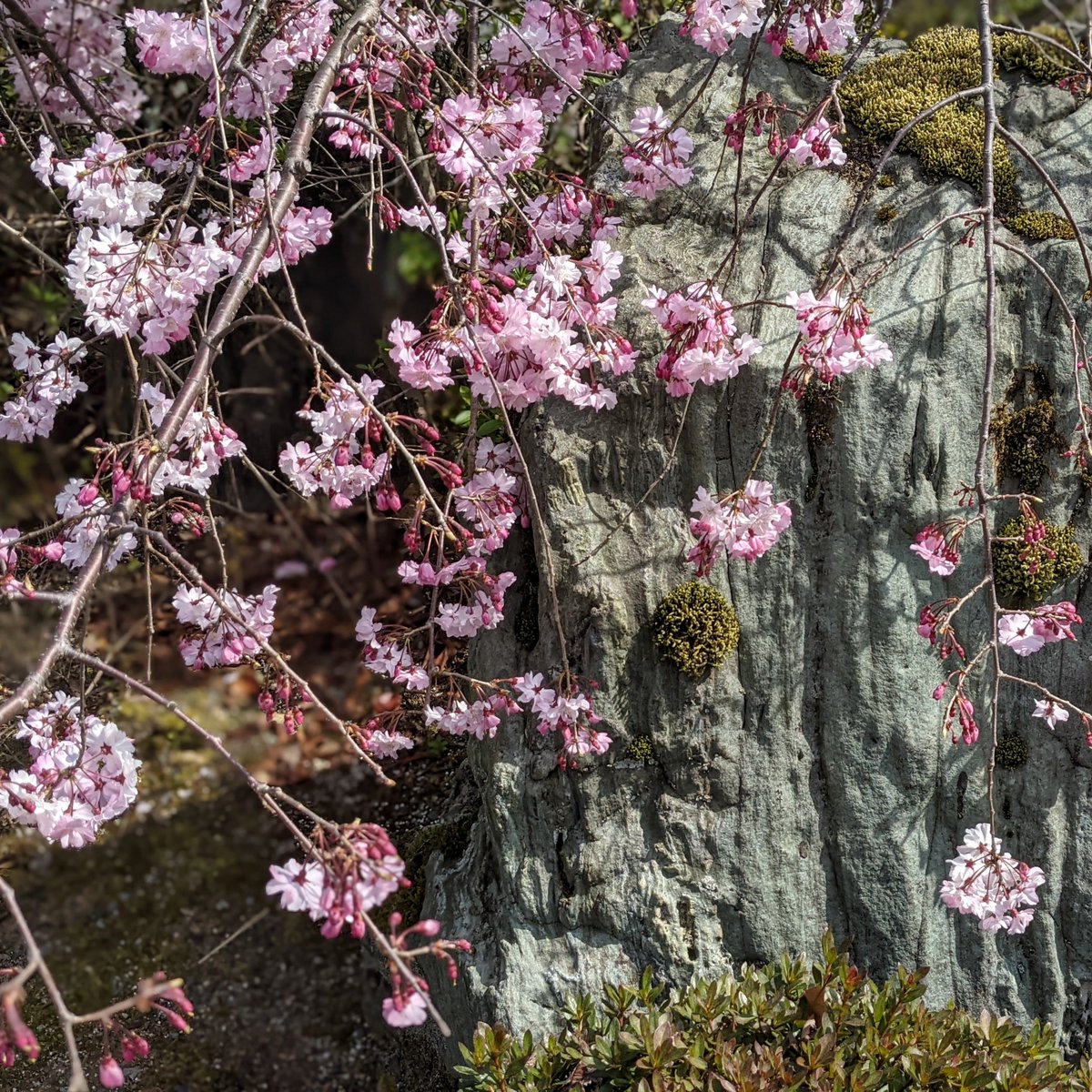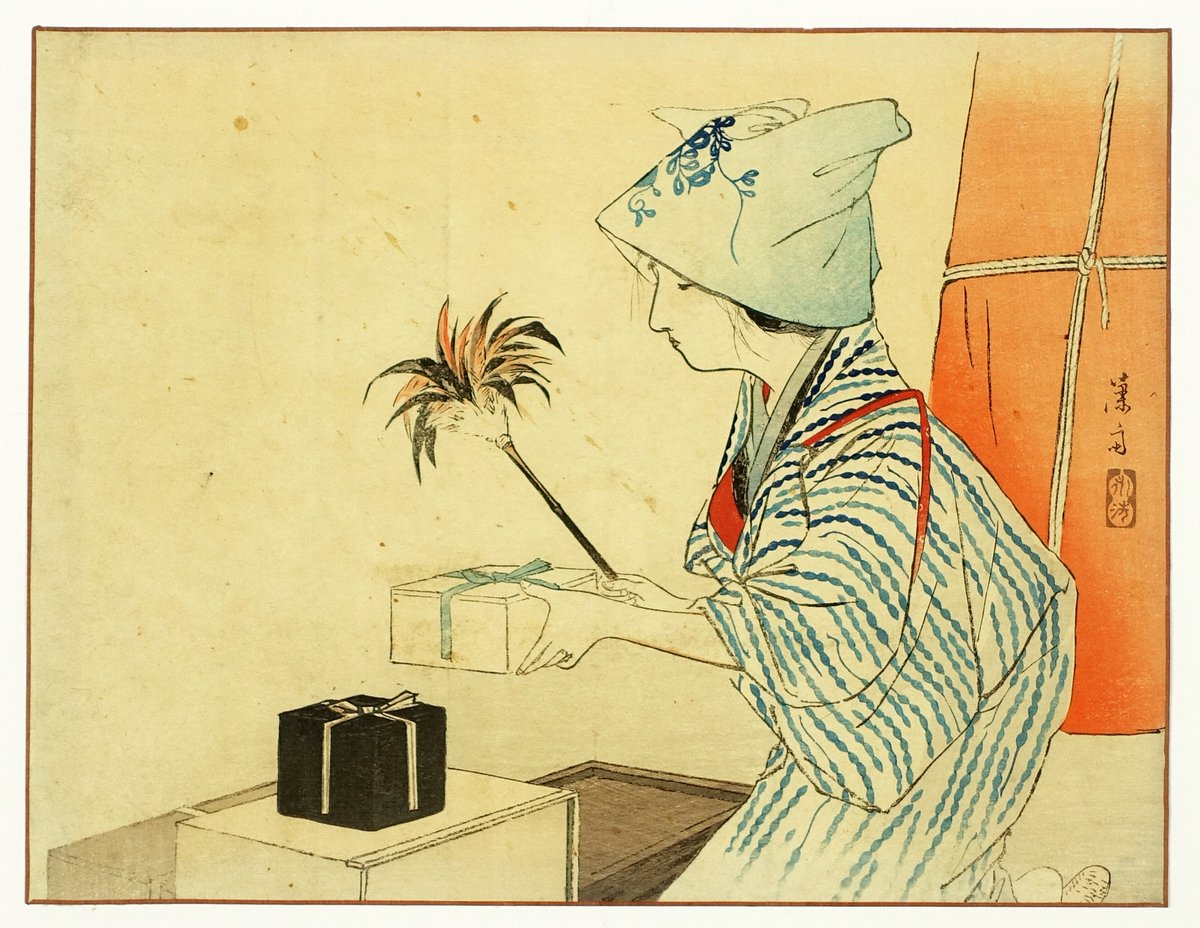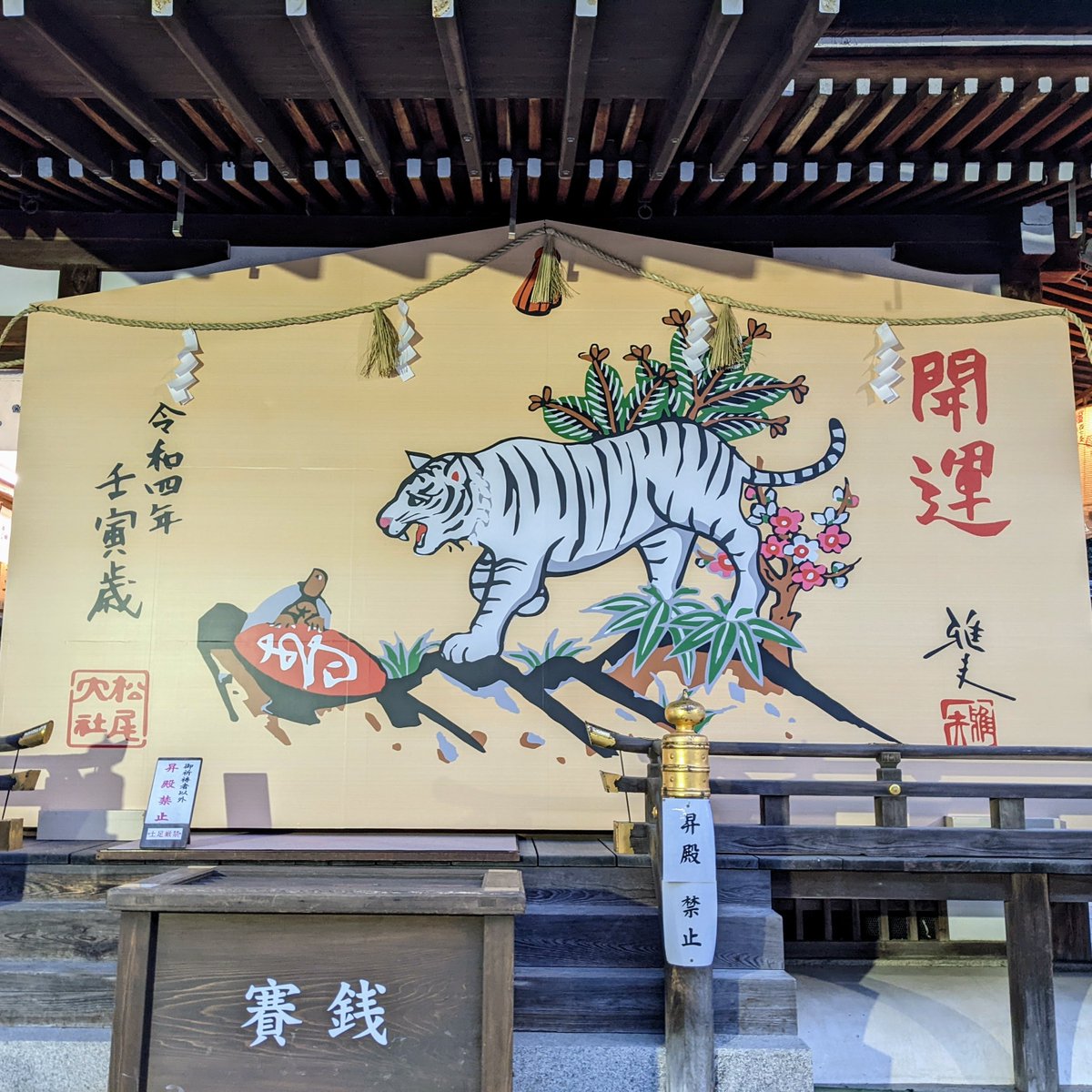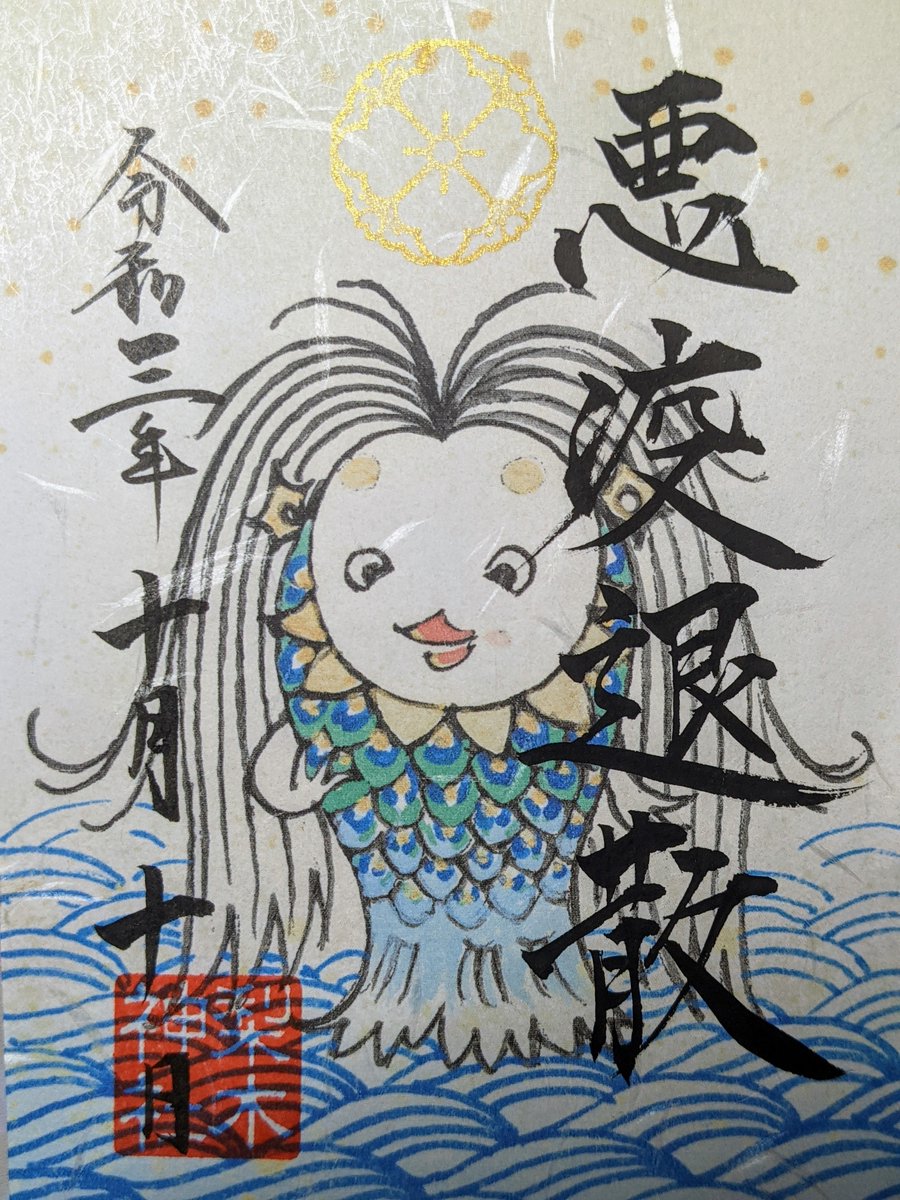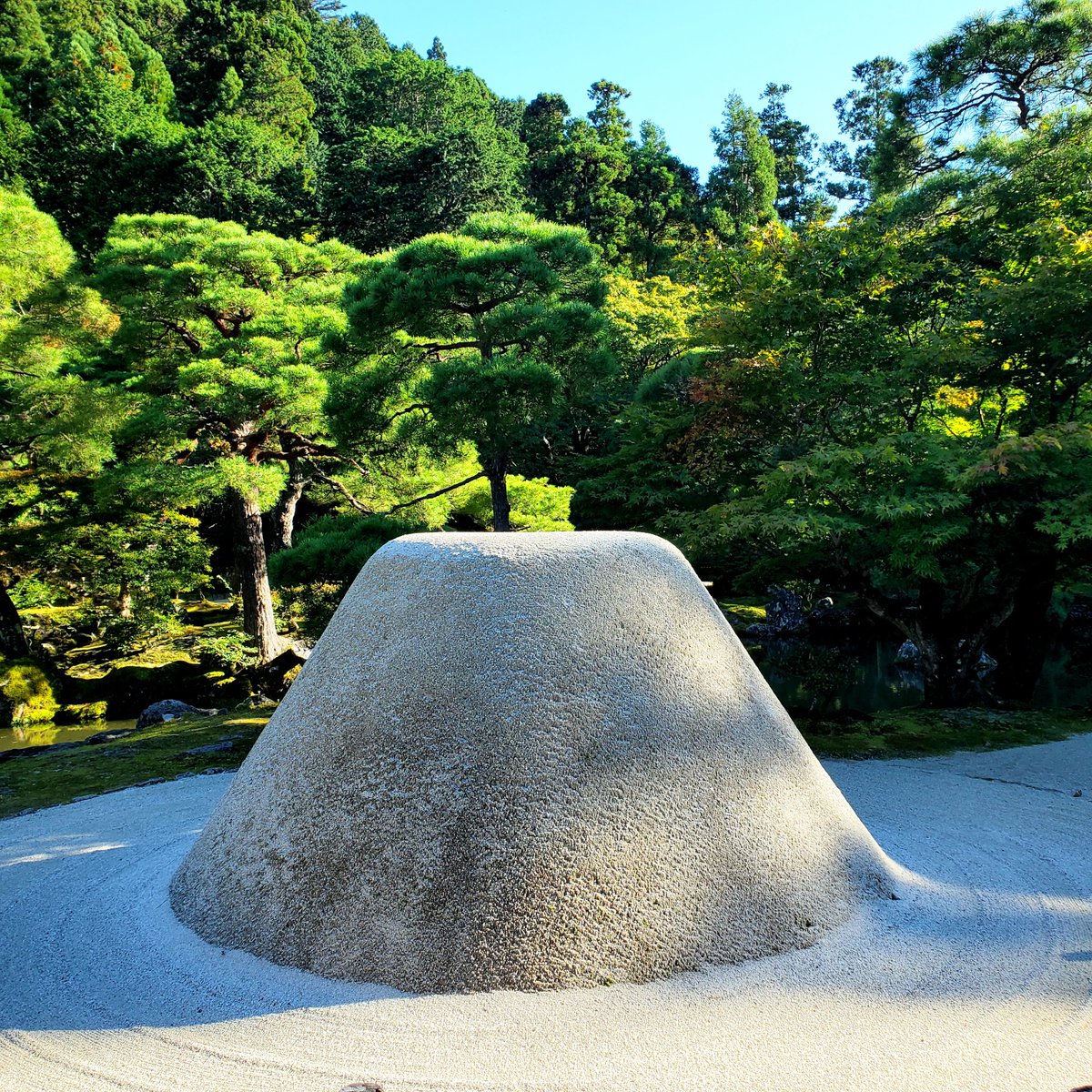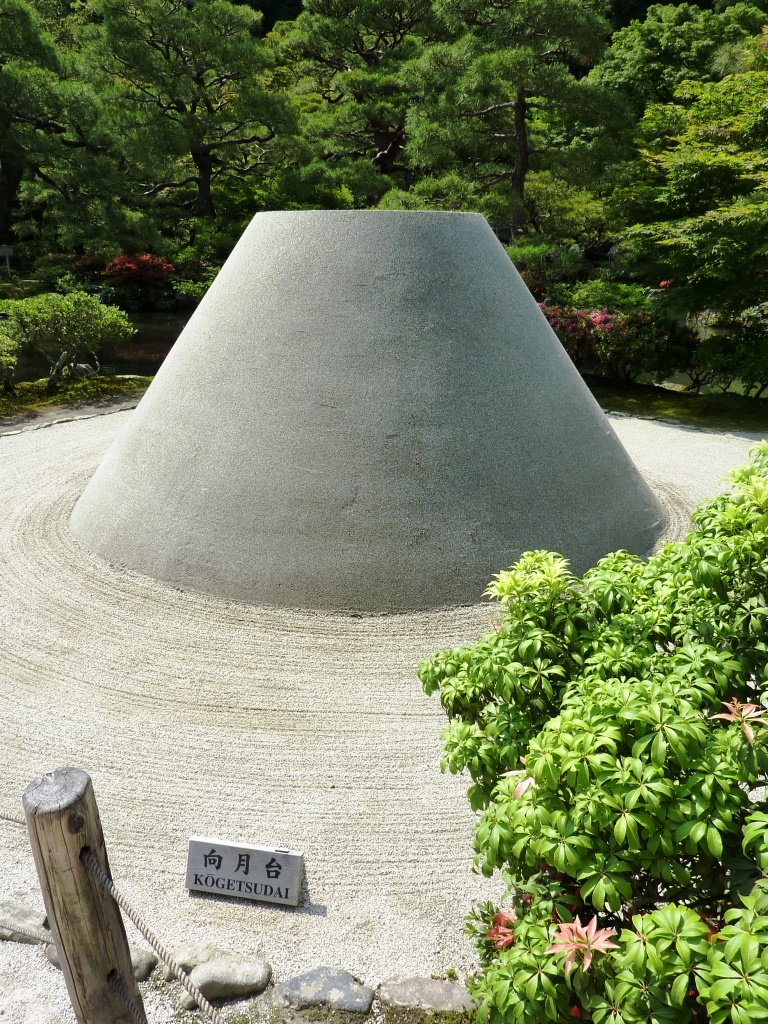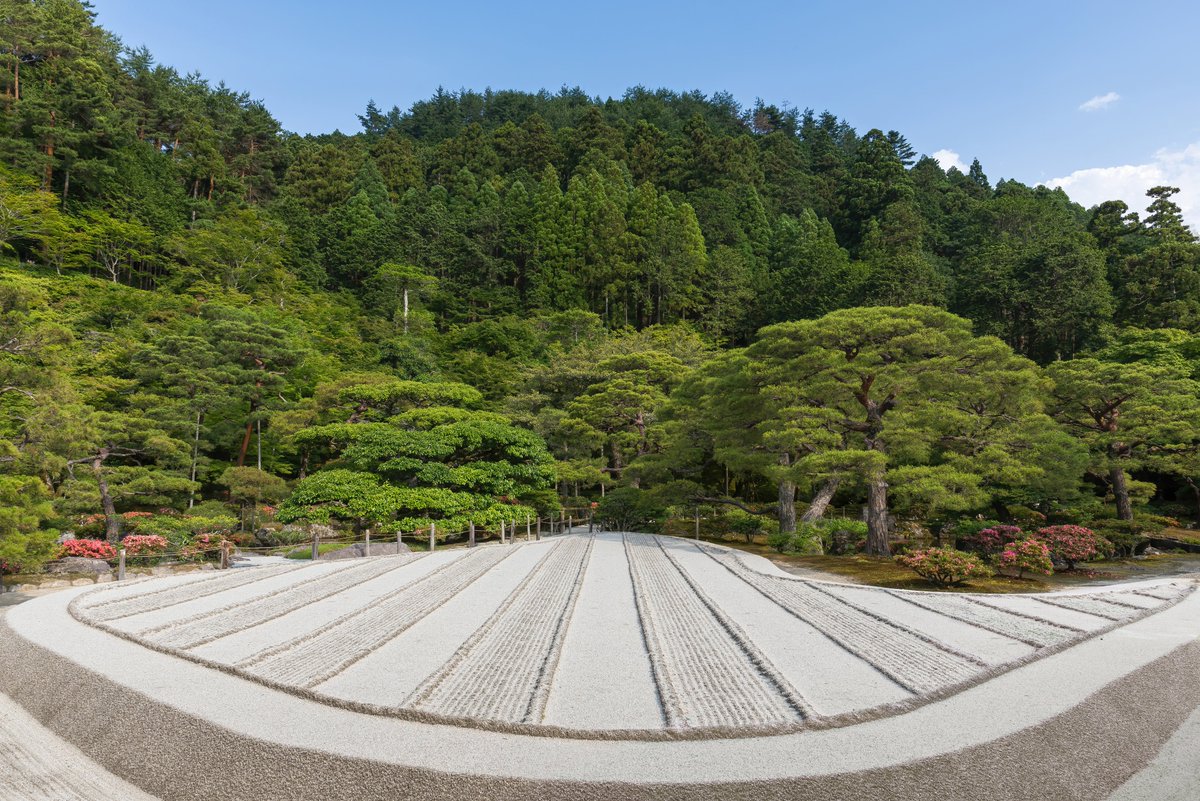
🌸FOOD FOR THE EQUINOX🍂
Food plays an important roll at Higan (彼岸).
On the first and last day of the equinoctial week, rice dumplings (団子 'dango') are offered at the family altar. Rice cakes covered in bean jam (botamochi in spring and ohagi in fall) are presented mid-week.



Food plays an important roll at Higan (彼岸).
On the first and last day of the equinoctial week, rice dumplings (団子 'dango') are offered at the family altar. Rice cakes covered in bean jam (botamochi in spring and ohagi in fall) are presented mid-week.


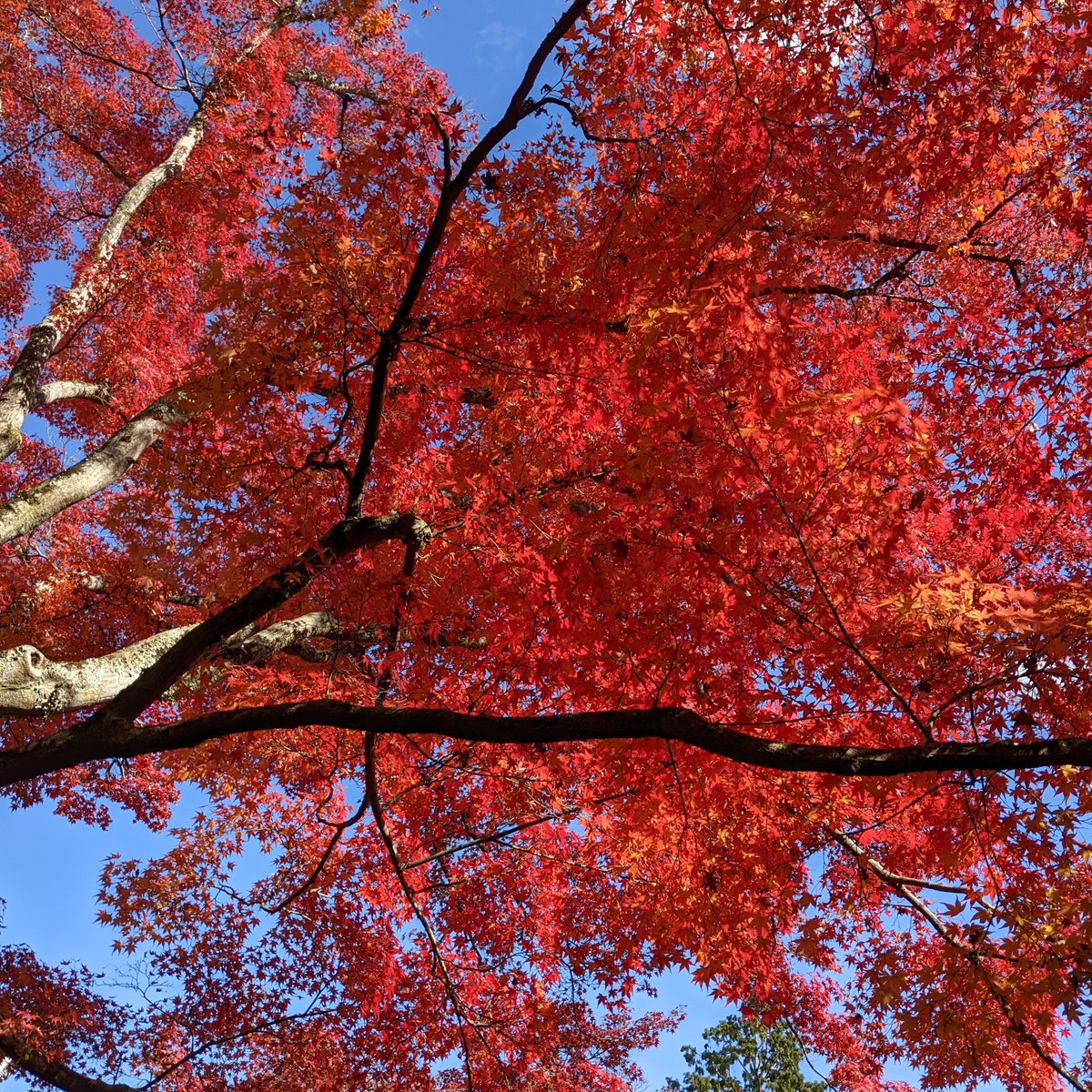
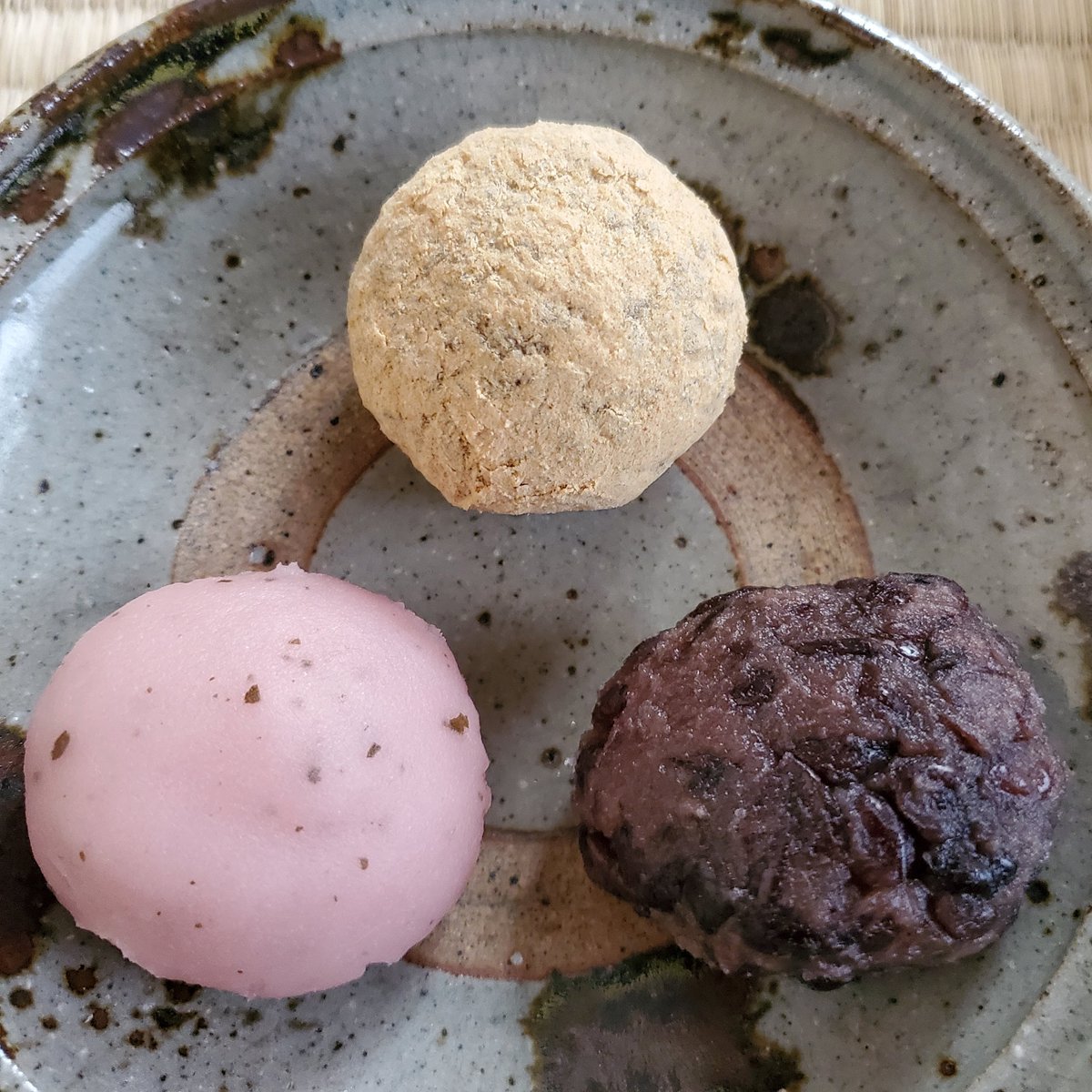
You can read all about the spring and autumn equinoxes in these threads🧵⬇️
🌸➡️
🍁➡️
#Kyoto #京都 #Japan #Ryoanji #Kinkakuji #龍安寺 #金閣寺 #彼岸



🌸➡️
https://twitter.com/camelliakyoto/status/1505694908316676096?s=20&t=Kns8lpq-goJq9fECG0saBw
🍁➡️
https://twitter.com/camelliakyoto/status/1440826789387857921?s=20&t=Kns8lpq-goJq9fECG0saBw
#Kyoto #京都 #Japan #Ryoanji #Kinkakuji #龍安寺 #金閣寺 #彼岸




Botamochi and ohagi are popular during the equinoctial weeks, when they are made as sacred offerings & enjoyed as tasty snacks.
Glutinous rice is soaked, cooked and formed into a ball. Around this ball a thick sweet bean paste is packed on.
Photo thanks-tokubai.co.jp/news



Glutinous rice is soaked, cooked and formed into a ball. Around this ball a thick sweet bean paste is packed on.
Photo thanks-tokubai.co.jp/news




Botamochi (牡丹餅) and ohagi (おはぎ) are nowadays very similar sweets, but were previously distinguished by their shape and the texture of the azuki paste used.
Botamochi are named after peonies (spring) and ohagi after bush clovers (autumn), denoting when they were eaten.
#京都



Botamochi are named after peonies (spring) and ohagi after bush clovers (autumn), denoting when they were eaten.
#京都




blades of grass
are plucked for their sake...
equinox dumplings
草の葉や彼岸団子にむしらるる (1805)
"Fair weather by equinox,"
they say...
but it's cold!
彼岸迄とは申せども寒哉 (1823)
-Kobayashi Issa (小林一茶).
Trans. David G. Lanoue.
#equinox #spring #Japan #Kyoto #京都 #haiku
are plucked for their sake...
equinox dumplings
草の葉や彼岸団子にむしらるる (1805)
"Fair weather by equinox,"
they say...
but it's cold!
彼岸迄とは申せども寒哉 (1823)
-Kobayashi Issa (小林一茶).
Trans. David G. Lanoue.
#equinox #spring #Japan #Kyoto #京都 #haiku
As offerings, it is said that botamochi were made as a prayer for fertility (and a successful growing season) and ohagi in thanks for the harvest🌾
Long held to be an auspicious colour, the deep-red of the cakes was believed to console ancestral spirits and offer protection🙏



Long held to be an auspicious colour, the deep-red of the cakes was believed to console ancestral spirits and offer protection🙏




Botamochi (牡丹餅) started life as a similar dish called 'kaimochi' (かいもち). It's unclear when this sweet appeared, but it is first mentioned in the work 'Uji Shūi Monogatari' (宇治拾遺物語), likely written at the beginning of the 13thC.
Photo thanks-lagattina.exblog.jp/22531702/
Photo thanks-lagattina.exblog.jp/22531702/

Unlike botamochi, kaimochi was created by pounding glutinous rice and taro together (both crops harvested at the same time). The taro gave the rice cake an extra stickiness that allowed for an easy coating of bean paste or kinako.
Kaimochi was an expressly autumnal offering🍂🙏



Kaimochi was an expressly autumnal offering🍂🙏




This year's equinoctial offerings are from nearby Kameya Shigehisa (亀屋重久)...I'm a huge fan of the blossom-pink version🌸🥰
➡️kameya-shigehisa.com
#Kyoto #京都 #wagashi #和菓子 #亀屋重久 #KameyaShigehisa



➡️kameya-shigehisa.com
#Kyoto #京都 #wagashi #和菓子 #亀屋重久 #KameyaShigehisa


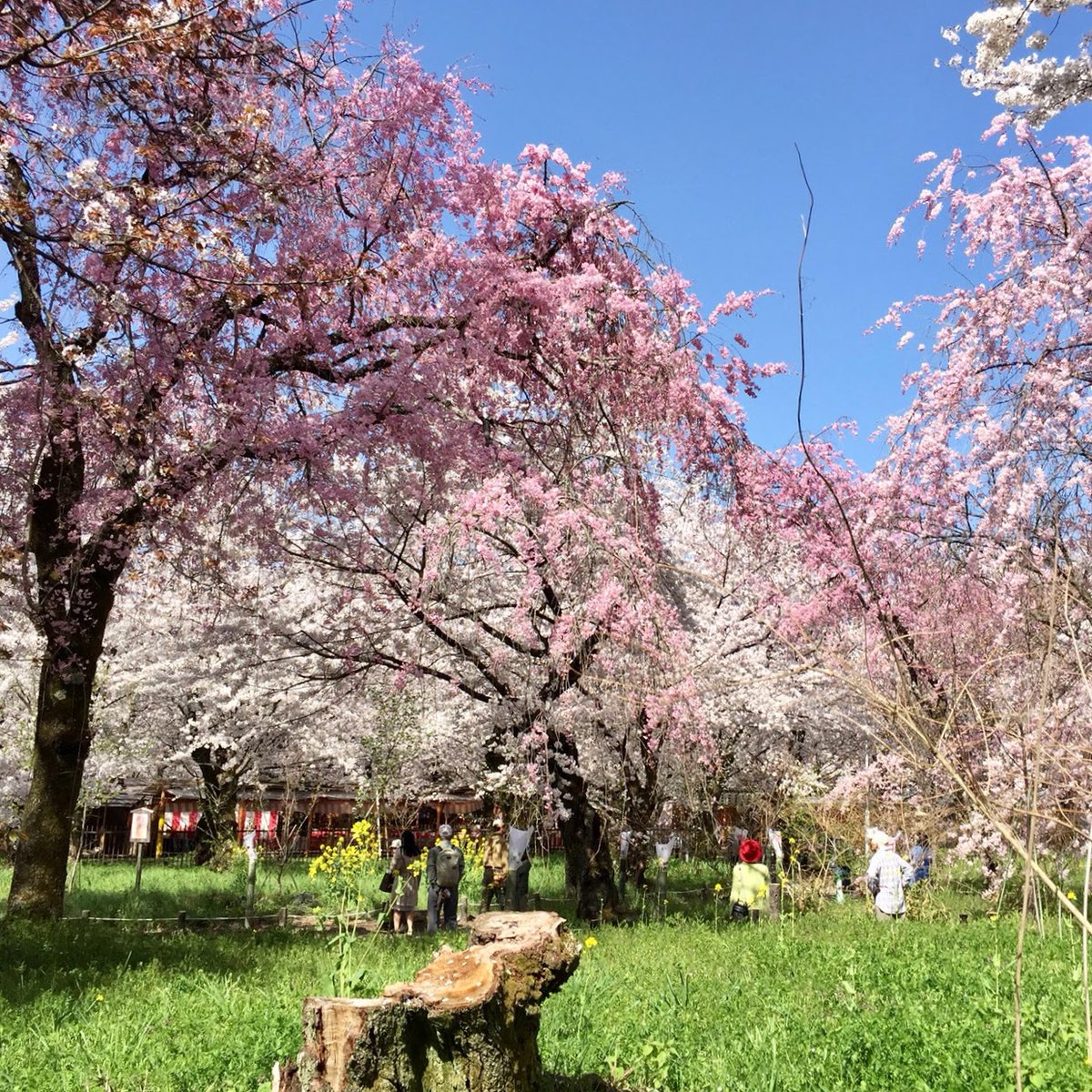

Botamochi (牡丹餅) feature in a lovely little proverb (ことわざ 'kotowaza').
'Tana kara botamochi' (棚からぼたもち), lit. 'a botamochi falls down from the shelf'.
It means to 'receive a windfall' or get 'a lucky break'.
#Japan #autumn #botamochi #牡丹餅 #Kyoto #CamelliaKyoto



'Tana kara botamochi' (棚からぼたもち), lit. 'a botamochi falls down from the shelf'.
It means to 'receive a windfall' or get 'a lucky break'.
#Japan #autumn #botamochi #牡丹餅 #Kyoto #CamelliaKyoto




Less well known are the summer and winter versions of ohagi, available around the solstices.
Seasonal names for ohagi:
🌸spring = botamochi (牡丹餅 'peony')
⛱️summer = yofune (夜舟 'night boat')
🎑autumn = ohagi (御萩 'bush clover')
🌨️winter = kita-mado (北窓 'northern window')



Seasonal names for ohagi:
🌸spring = botamochi (牡丹餅 'peony')
⛱️summer = yofune (夜舟 'night boat')
🎑autumn = ohagi (御萩 'bush clover')
🌨️winter = kita-mado (北窓 'northern window')




Boats arriving to the wharfs at Hagi by night would not reveal the nature of their goods to the customs officials until the light of day. 'Night boat' has thus come to mean an 'unexpected result'.
Yofune (夜舟) look like normal ohagi, but their texture and taste are different.



Yofune (夜舟) look like normal ohagi, but their texture and taste are different.



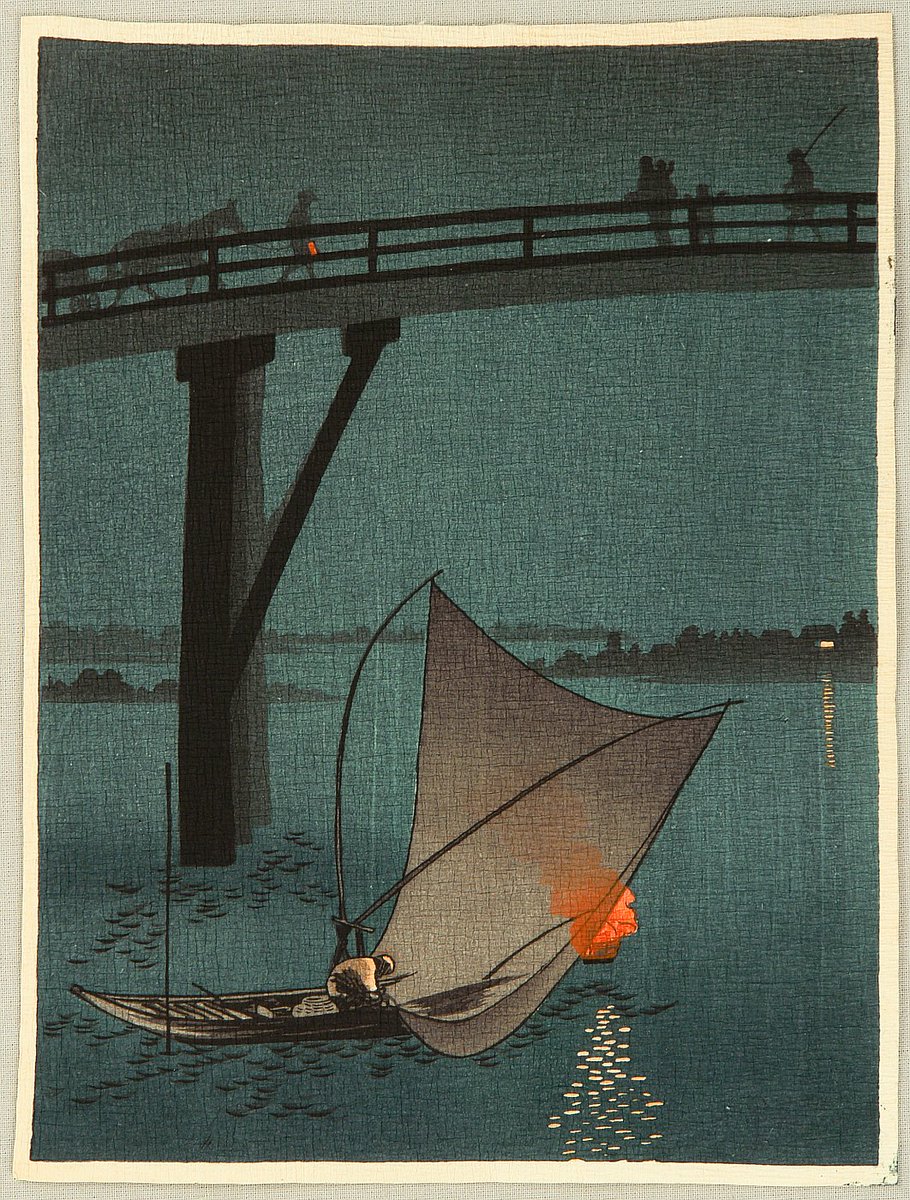
The name 'yofune' is also connected to sound.
Neighbours could hear mochi being made by the distinctive sound of rice being pounded, thus they could anticipate a gift. The method for making 'yofune' was quiet, so the gift would be unexpected (like a ship arriving at night).
#夜舟
Neighbours could hear mochi being made by the distinctive sound of rice being pounded, thus they could anticipate a gift. The method for making 'yofune' was quiet, so the gift would be unexpected (like a ship arriving at night).
#夜舟

Similar in meaning to yofune (something is not as it seems), winter's ohagi is called 'kita-mado' (北窓 'north window').
Tsukishirazu '搗き知らず' (unknowingly) is a homonym of '月知らず' (moonless). Another phrase for 'unable to see the moon' was 'north side window' (北側の窓).



Tsukishirazu '搗き知らず' (unknowingly) is a homonym of '月知らず' (moonless). Another phrase for 'unable to see the moon' was 'north side window' (北側の窓).

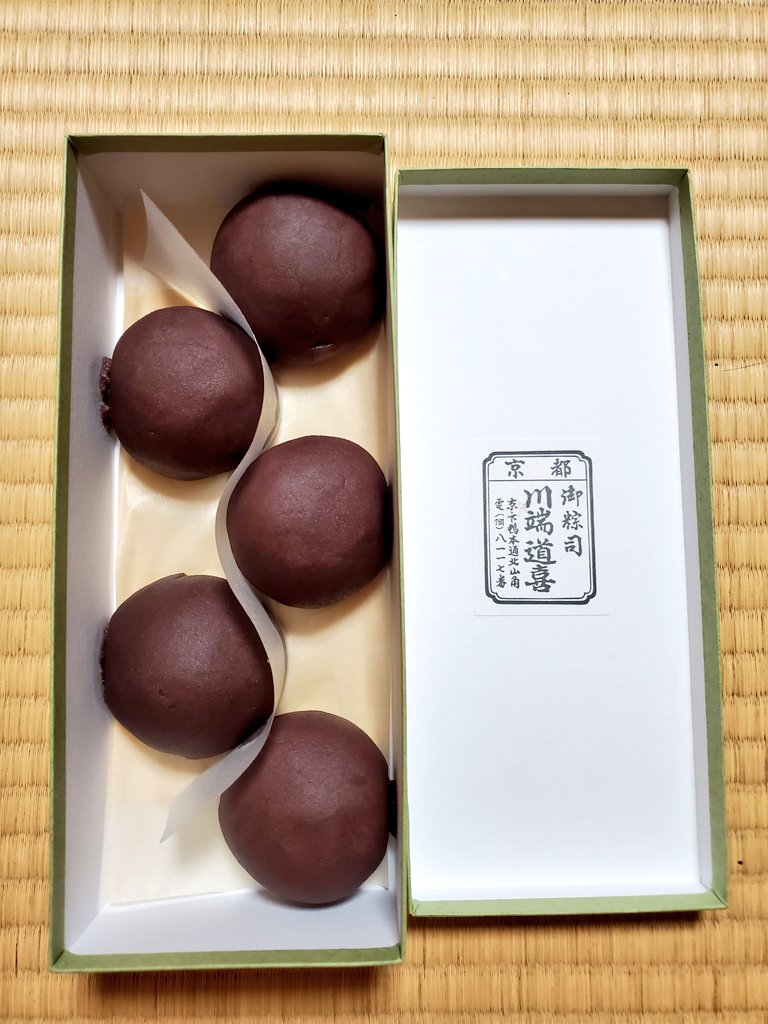


The name 'kita-mado' (北窓) is also connected to a feeling of winter, of cold and snow, setting the sweet aside from the summer version of ohagi.
#Kyoto #京都 #Japan #equinox #springequinox #wagashi #和菓子



#Kyoto #京都 #Japan #equinox #springequinox #wagashi #和菓子




• • •
Missing some Tweet in this thread? You can try to
force a refresh




